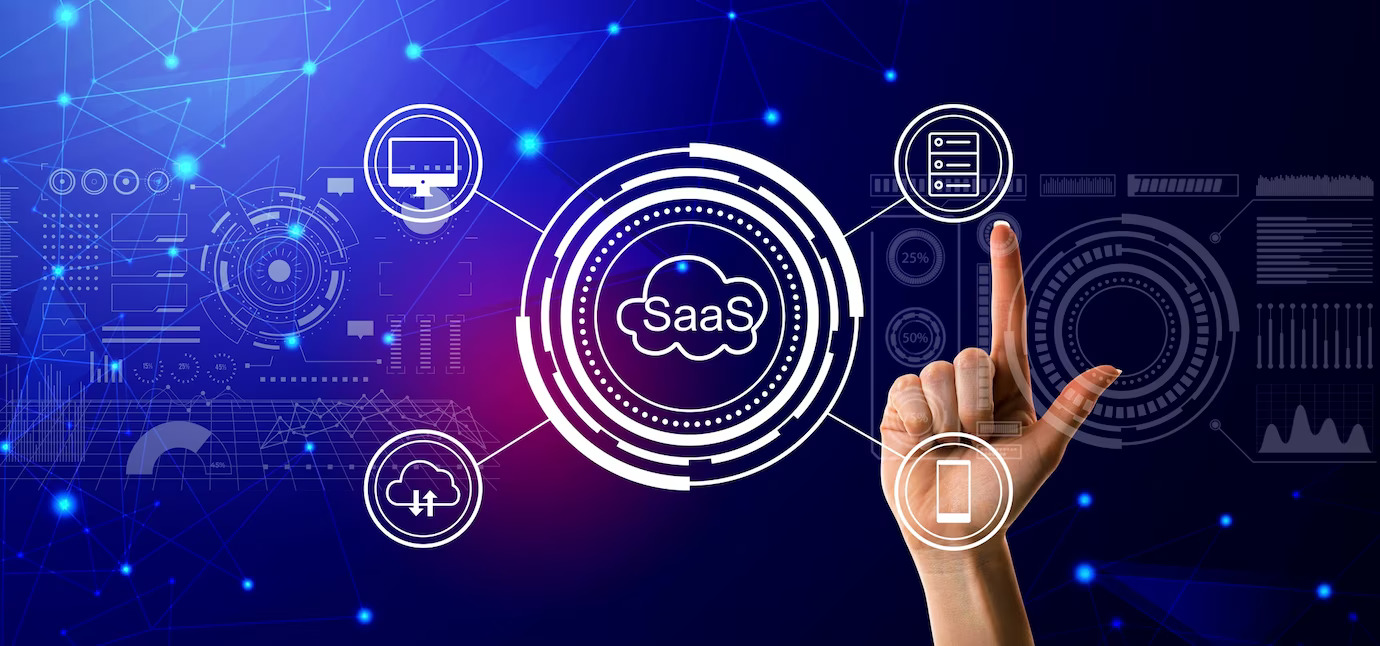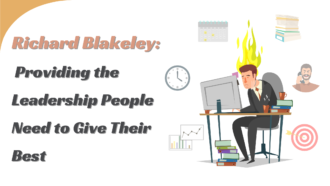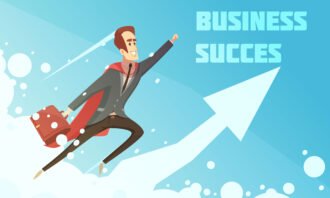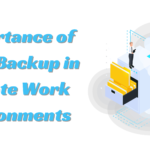Redefining B2B SaaS: How Consumer-Centric UX is Driving PLG
The state of SaaS B2B growth is changing rapidly. Per a recent Gartner report, sales reps have only 5% of a customer’s time during their B2B buying journey. That incredibly small portion of a buyer’s time has, historically, represented a great deal of a typical SaaS company’s investment in their B2B sales strategy.
There’s a tremendous value to be gained in leveraging the other 95% of a customer’s time, yet doing so requires a paradigm shift in the B2B SaaS sales landscape. How can companies create a more consumer-centric sales infrastructure without vastly increasing their spending or sales team hiring?
The answer lies in PLG, or Product-Led Growth. At EMERGE, their team of experienced designers and developers have seen firsthand how adopting a PLG model helps their clients achieve new heights of SaaS success. Yet it all starts with leveraging best-in-class UX principles to achieve this growth—here’s why.
How Product-Led Growth Redefines B2B SaaS
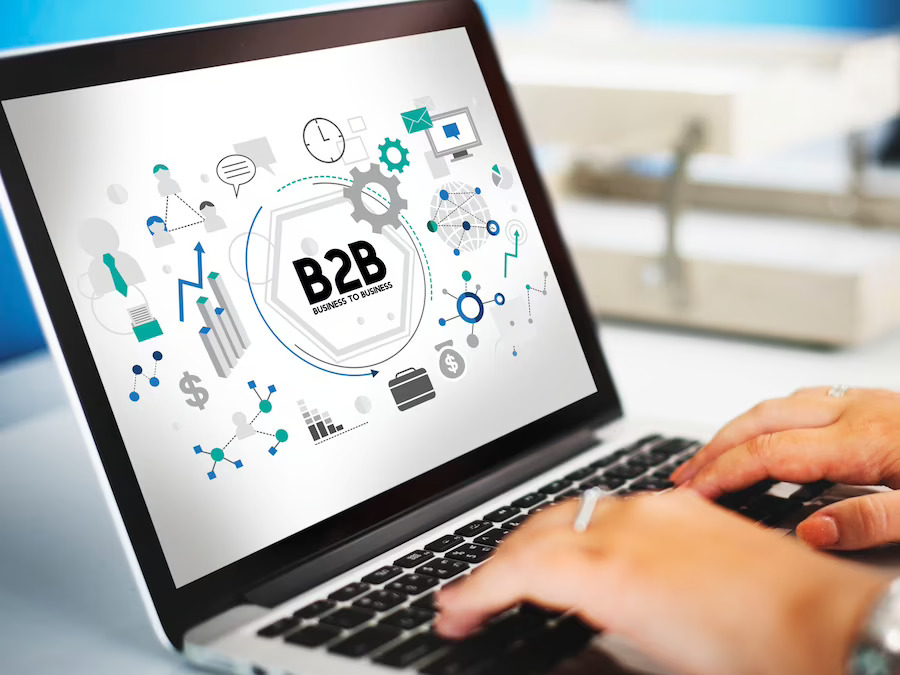
Think of the most notable apps and software we engage with every day. While sales teams for apps like Gmail, Slack, and Zoom exist, the vast majority of users found these game-changing applications through their own daily experience. This shortens the sales cycle tremendously, reducing the time-to-value as customers discover for themselves why paying for key features is well worth their investment.
This focus on the product allows sales teams to use said product to qualify leads. In fact, every department—from marketing to customer success and of course developers and designers themselves—should be focused on the product, enhancing customer value through the user experience.
This direct and encompassing focus not only shortens the sales cycle, but also offers other key benefits:
- Lower customer acquisition costs: Product-led growth relies on a self-serve model, one where customers learn for themselves why your product is worth purchasing as they use it. By eliminating any hand-holding, you lower the cost of acquisition without spending additional time and resources from your sales team.
- Higher revenue per employee: On the same token, the vast scalability of SaaS allows for greater growth without drastically increasing headcount.
- Better user experience: The fact is that people generally don’t enjoy being sold directly. A self-guided approach to understanding your product enhances the user experience—customers come by the sales decision on their own, with the utility of your product becoming self-evident along the way.
How UX Defines Successful PLG
It’s this last factor—a better user experience—that’s of paramount importance when it comes to addressing PLG. Think back to the apps and services you or your team embraced without directly engaging with a sales team. The experience of engaging with an intuitive, user-centric product makes the value of purchasing self-evident.
To stand out in a crowded market, however, UX must be truly seamless. That also means any gaps in utility or confusion will diminish the effectiveness of PLG, resulting in higher customer acquisition costs and additional hiring to maintain sales numbers.
This reality can be intimidating, however effective solutions tested by the team at EMERGE exist. Design and development teams can leverage a few key principles to enhance PLG through better UX:
Consistent Iteration:
EMERGE’s UX teams have experience in product testing, as well as collecting feedback and analyzing user behavior to create an experience that is truly frictionless. Improvements are made based on evidence and direct feedback, ensuring each company’s unique user base gains exactly what they want from the product.
Future-Forward Design:
It’s not enough merely to implement cutting-edge technologies like AI and automation. Utilizing these features as a means of enhancing UX—with clear and understandable explanations as to how and where they’re used—is key for building customer trust.
Team Alignment:
EMERGE’s team members are accustomed to working alongside internal product and design experts to boost the collective effectiveness of both teams. The focus is always on the product, with processes designed around enhancing long-term success.
Greater SaaS Growth With EMERGE
B2B SaaS companies are facing challenging economic headwinds as we head into 2024. Recession predictions in 2023 haven’t come true, yet this continued uncertainty only creates more doubt. The capacity for a SaaS team to expand its roster or invest heavily in new technology isn’t a given certainty in the era of inflation and rising interest rates.
What is certain, however, is that strong, consumer-centric UX design can enhance PLG. This creates a feedback loop in which more product growth expands the available customer data, leading to more improvements and UX-based iterations.
Achieving this kind of growth is possible with the expert support of a team at EMERGE. Get in touch with them today to make the greatest improvements yet to your SaaS product’s UX, and enhance PLG for the long-term future.

